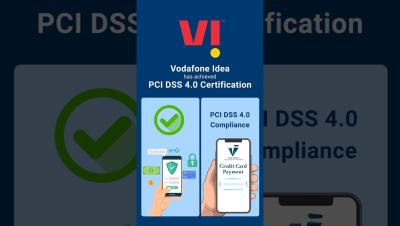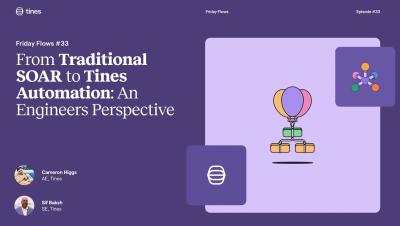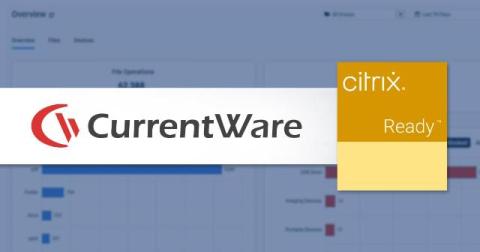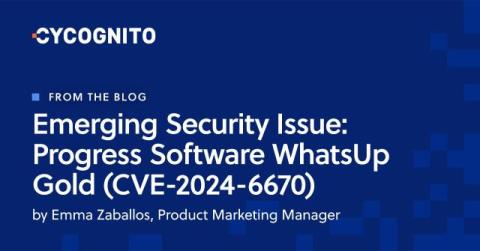Vodafone Idea has achieved PCI DSS 4.0 Certification.
Telecom Service Provider Vodafone Idea Limited (VIL), announced that it had become the first telco in India to achieve the Payment Card Industry-Data Security Standard version 4.0 (PCI DSS 4.0) certification for its retail stores and payment channels. The PCI DSS 4.0 certification is already mandated by RBI Guidelines for banking and financial institutions in India.











